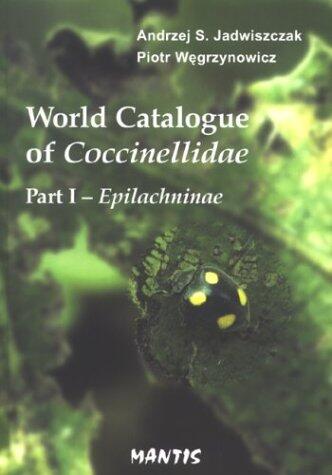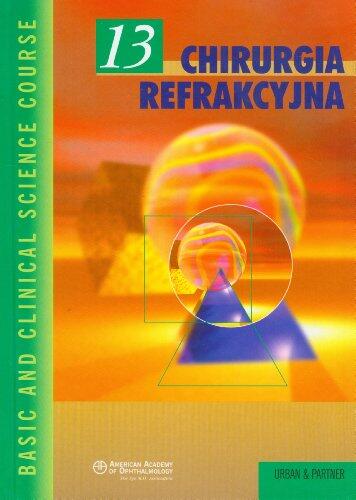
World Catalogue Of Coccinellidae: Epilachninae
لا توجد تقييمات بعد
Science & Technology
تنسيق
غلاف صلب
صفحات
264
لغة
الإنجليزية
منشور
Jan 1, 2003
الناشر
Mantis
رقم ISBN-10
8391812537
رقم ISBN-13
9788391812532
الوصف
This comprehensive work delves into the intricate world of the Coccinellidae family, specifically focusing on the subfamily Epilachninae. The authors, Andrzej S. Jadwiszczak and Piotr Wegrzynowicz, draw upon extensive research to compile a detailed catalogue that offers insights into the diverse species within this group of beetles. Their efforts illuminate not just the taxonomy and distribution of these creatures, but also their ecological significance.
The catalogue serves as an invaluable resource for entomologists, researchers, and enthusiasts alike, presenting a wealth of information that spans global coverage. By cataloging species from various regions, the authors provide a broader understanding of these beetles and their roles in different ecosystems. The meticulous nature of the compilation reflects a dedication to accuracy and comprehensiveness, making it a reliable reference for future studies.
Additionally, the work emphasizes the importance of Epilachninae within both natural and agricultural settings. This subfamily is known for its interactions with plants, sometimes leading to significant implications for crop health and biodiversity. The exploration of these relationships adds an essential layer to the study, demonstrating the relevance of beetles in environmental management and agriculture.
Overall, this catalogue stands as a significant contribution to entomological literature. It not only serves as a reference point for identifying and studying Epilachninae species but also fosters a greater appreciation for the complexity of beetle biodiversity around the world.
The catalogue serves as an invaluable resource for entomologists, researchers, and enthusiasts alike, presenting a wealth of information that spans global coverage. By cataloging species from various regions, the authors provide a broader understanding of these beetles and their roles in different ecosystems. The meticulous nature of the compilation reflects a dedication to accuracy and comprehensiveness, making it a reliable reference for future studies.
Additionally, the work emphasizes the importance of Epilachninae within both natural and agricultural settings. This subfamily is known for its interactions with plants, sometimes leading to significant implications for crop health and biodiversity. The exploration of these relationships adds an essential layer to the study, demonstrating the relevance of beetles in environmental management and agriculture.
Overall, this catalogue stands as a significant contribution to entomological literature. It not only serves as a reference point for identifying and studying Epilachninae species but also fosters a greater appreciation for the complexity of beetle biodiversity around the world.

















